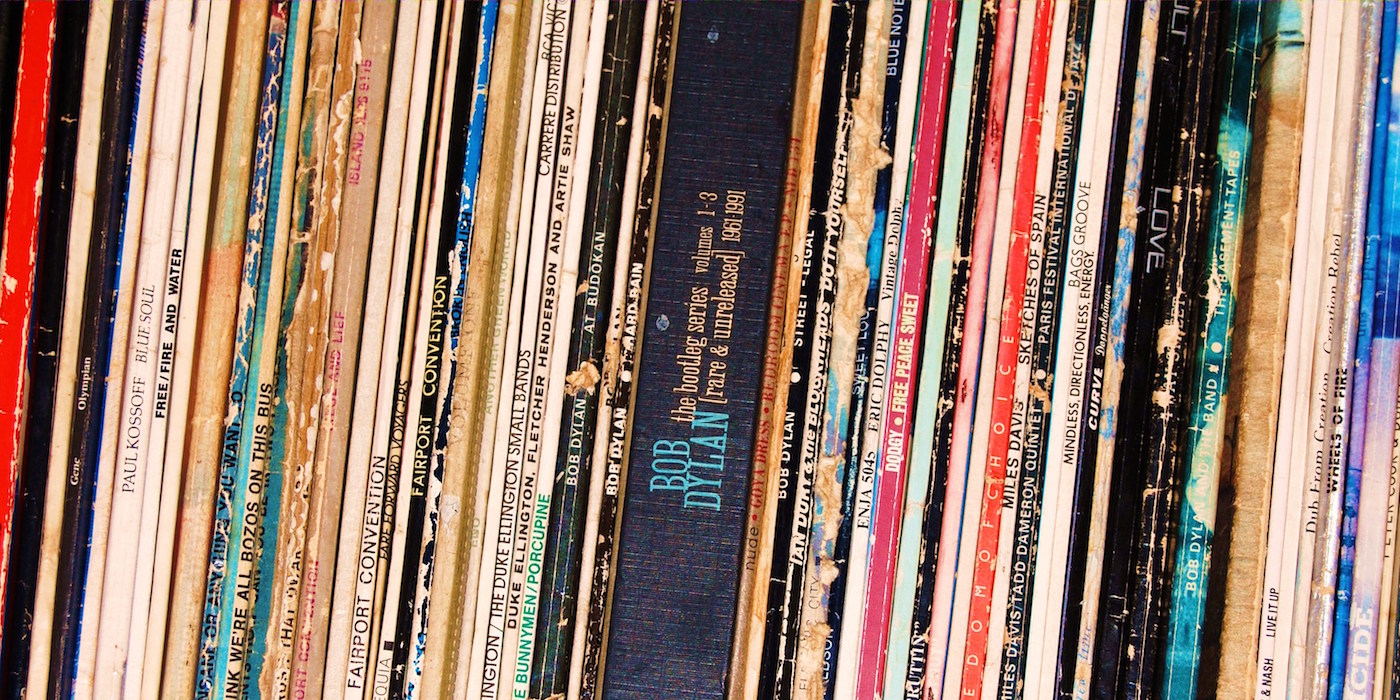
Bob Dylan received the Nobel Prize in literature on Thursday, the first American to be awarded the prize since Toni Morrison in 1993. Little is known about Dylan’s thoughts on digital innovation in journalism, but we tried anyway, because wall-to-wall election coverage means there’s nothing else of interest going on in the future-of-news game. (This list is 99 percent ironic, we swear.) After all, something is happening here, but we don’t know what it is.
“Lord knows I’ve paid some dues / Gettin’ through / Tangled up in blue.”
Publishers are wary of losing control over their audiences and revenue streams as Facebook swallows up a huge chunk of digital advertising (former Guardian editor Alan Rusbridger, for instance, recently blamed Facebook for sucking up “£20 million of The Guardian’s online ad revenue last year”). Publishers are battling algorithm changes and the vagaries of the platform’s News Feed, while funneling their stories through Facebook’s Instant Articles and scrambling to create live videos (Facebook is paying a pretty penny for them).
“So all you newsy people, spread the news around / You c’n listen to m’ story, listen to m’ song / You c’n step on my name, you c’n try ’n’ get me beat / When I leave New York, I’ll be standin’ on my feet / And it’s hard times in the city / Livin’ down in New York town.”
The growth of the digital news industry has not been good for geographic diversity: “Rather than disperse the news business around the country, the Internet has concentrated it more firmly than ever in New York and a few other major cities,” Nieman Lab director Joshua Benton wrote last spring. “And that has real impacts on the kind of news we get.” A breakdown of Journalismjobs.com listings, for instance, reveals an imbalance:
Digital changed that. I took a look recently at the job openings posted on JournalismJobs.com to see how many of them were based in New York City or Washington, D.C. Among television jobs, only 8.8 percent were based in one of the two news capitals. (The states with the most jobs? Texas, Ohio, and Florida.) For newspaper jobs, that number was 10.5 percent. But among digital media and startup jobs, nearly 4 in 10 — 38.9 percent — were located in New York, D.C., or their suburbs.
“You got a lotta nerve / To say you got a helping hand to lend / You just want to be on / The side that’s winning.”
Some publishers are all-in on platforms. Many small publishers have turned their sites’ operations over to Medium. There are some with resources who are wary, like Nordic media giant Schibsted, which is looking to build their own tech in an effort to challenge Facebook’s dominance.
“Once upon a time you dressed so fine / You threw the bums a dime in your prime, didn’t you? / People’d call, say, ‘Beware doll, you’re bound to fall.’ / You thought they were all kiddin’ you.”
Publishers take heed: a clarion call about the dangers of relying on disruptive banner ads as readers turn to adblocking and increasingly visit news sites from their mobile phones.
The New York Times has recently developed its own ad format to replace the banner ad, that fits more naturally into an article page and molds better to different devices. Vox has launched a standalone travel-focused property, entirely underwritten by Chase. Smaller, local efforts have shown promise: The North Carolina-based Charlotte Agenda says it’ll pull in $850,000 this year, and is both growing and profitable.
“Out to the country club and the golf course / Carry The New York Times, shoot a few holes, blow their minds.”
The New York Times is expanding internationally. What is the value of the Times brand outside of the U.S., and what should international editions of the Times really look like?
While the Times has seen great success with its digital paywall model — with over 1.2 million paying digital subscribers — at some point, it’ll saturate the potential paying audience in the United States, which is why seeking international growth makes sense. But there are questions about the degree to which the outside world wants a U.S.-centered perspective on things. Or, more accurately, the degree to which they want to pay for one when CNN and plenty of American digital outlets offer it up for free.
“With twenty pounds of headlines / Stapled to his chest.”
It may come as no surprise, but many readers don’t feel positively towards clickbait headlines. Upworthy, pioneer of the curiosity-gap headline, has apologized and already moved well past that formulation, into more do-gooder original content.
Also, publishers worried about the transition from desktops to smartphones certainly worry that their business model is stuck inside of mobile.